The Essence of Peacekeeping
At the heart of peacekeeping lies a commitment to assist countries torn by conflict towards the path of peace. This intricate task involves military personnel, police, and civilians working tirelessly to create conditions for lasting peace. Peacekeeping has evolved significantly since its inception, adapting to the changing landscapes of global politics and conflict. It goes beyond mere military interventions, incorporating efforts to build a sustainable peace by supporting political processes, reforming justice systems, and facilitating the disarmament, demobilization, and reintegration of former combatants. The ultimate goal is not just to cease hostilities but to lay the foundation for societal rebuilding and development.
Historical Overview and Evolution
The concept of peacekeeping, although not explicitly mentioned in the United Nations Charter, has emerged as a dynamic instrument in the UN's toolkit for maintaining global peace and security. The first UN peacekeeping mission was established in 1948 in the Middle East to observe and maintain the ceasefire after the Arab-Israeli conflict. Since then, peacekeeping missions have taken various forms, responding to the world's shifting geopolitical needs and challenges. From monitoring ceasefires to protecting civilian populations and facilitating the delivery of humanitarian aid, peacekeeping missions have continually reinvented themselves to address the complexities of modern conflicts.
The Multidimensional Nature of Modern Peacekeeping
Today's peacekeeping operations are far more than military efforts to separate warring factions. They are multidimensional, engaging in political, community, and security dimensions to support host countries. This includes promoting political participation, securing human rights, and strengthening the rule of law. Modern peacekeepers are also tasked with protecting civilians, which has become a primary mandate in many missions, demanding peacekeepers to not only monitor ceasefires but also ensure the safety of the local population, sometimes even at the risk of their own lives.
Challenges Faced by Peacekeeping Missions
Despite their noble intentions, peacekeeping missions encounter myriad challenges. These range from operational difficulties such as funding and logistics to more complex issues like the lack of consent from the parties involved, or the partiality and cultural misunderstandings that can arise between peacekeepers and local populations. Moreover, the volatile and unpredictable environments in which these missions operate can complicate efforts to establish peace. The effectiveness of peacekeeping missions thus heavily relies on the commitment and cooperation of the international community, as well as the consent and participation of the host nation.
Contributions and Success Stories
Though challenges abound, the contributions of peacekeeping missions to global security and humanitarian efforts are undeniable. Over the years, peacekeeping has helped to prevent conflicts from escalating, facilitated political processes, aided in the disarmament and demobilization of combatants, and supported the restoration of law and order. Success stories are plentiful, with missions in Liberia, Sierra Leone, and Timor-Leste often cited as examples where peacekeeping has played a pivotal role in stabilizing countries and helping them on the road to recovery.
The Importance of International Cooperation
International cooperation stands at the core of successful peacekeeping. No single country can bear the burden of these complex missions alone. Effective peacekeeping requires a coordinated effort involving troop and police-contributing countries, the host nation, UN entities, and other international partners. This collaboration reflects the collective responsibility of the international community to foster global peace and underscores the interconnectedness of our world.
Looking Ahead: The Future of Peacekeeping
The landscape of global conflict is continually evolving, posing new challenges and opportunities for peacekeeping. As we look ahead, the ability of peacekeeping missions to adapt to the changing nature of conflict, including the rise of non-state actors and cyber warfare, will be crucial. Innovations in technology and strategy, such as the increased use of peacekeeping drones for surveillance and the emphasis on community engagement and reconciliation efforts, are promising developments. Yet, the future of peacekeeping will ultimately depend on sustained political will and financial support from the international community to ensure these missions can continue to play their vital role in promoting peace and security.
The Role of the Individual in Supporting Peacekeeping
While peacekeeping is undeniably a collective international endeavor, individuals also have a role to play. Staying informed, advocating for peaceful resolutions to conflicts, and supporting organizations dedicated to peacebuilding are ways everyone can contribute to the broader efforts of peacekeeping. In an increasingly interconnected world, fostering a culture of peace begins with individual actions, underscoring how each of us can be a peacekeeper in our own right.
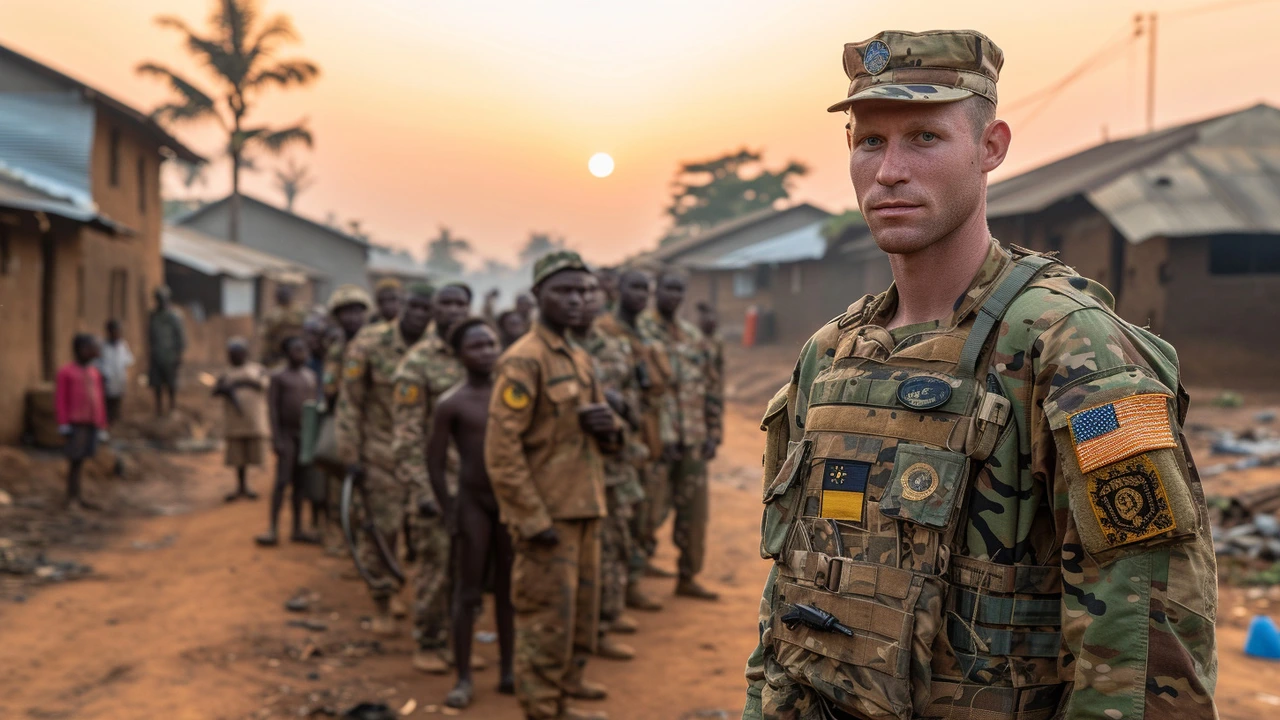

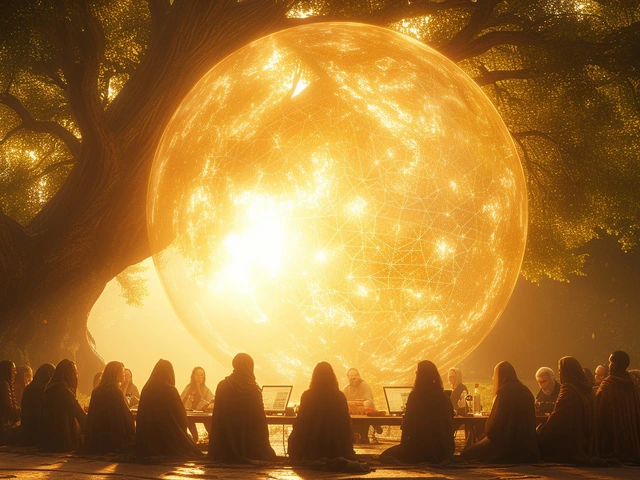
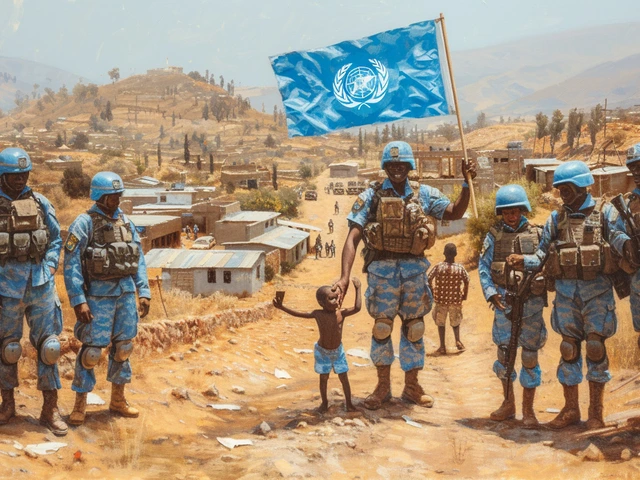
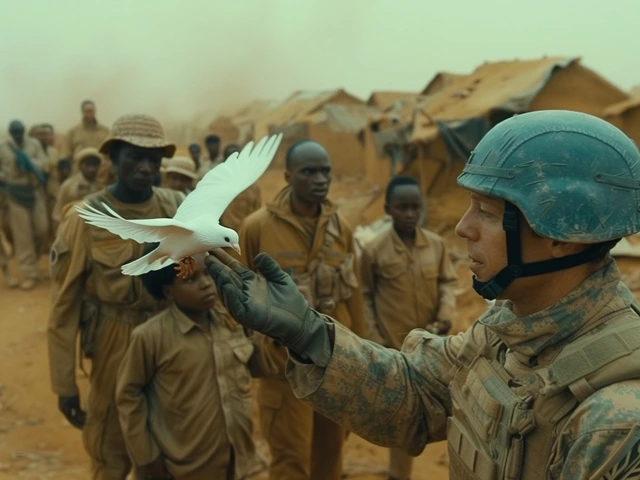
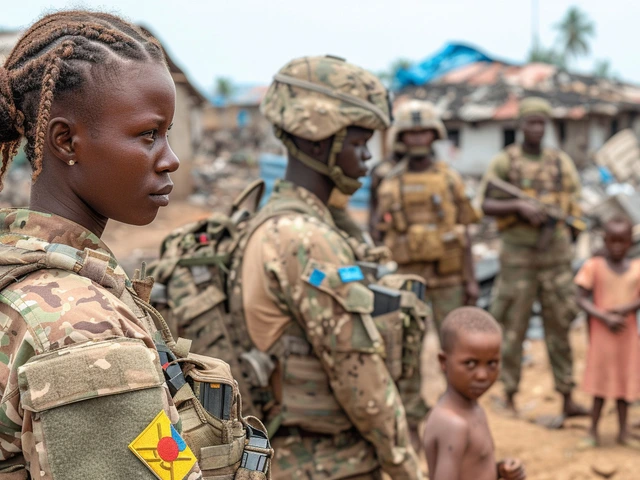
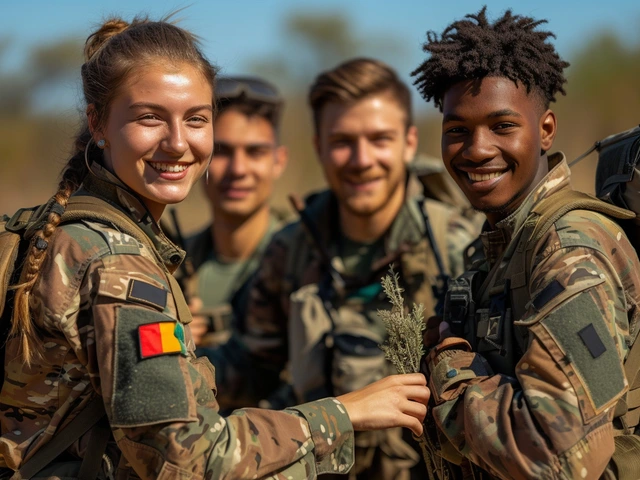

Write a comment